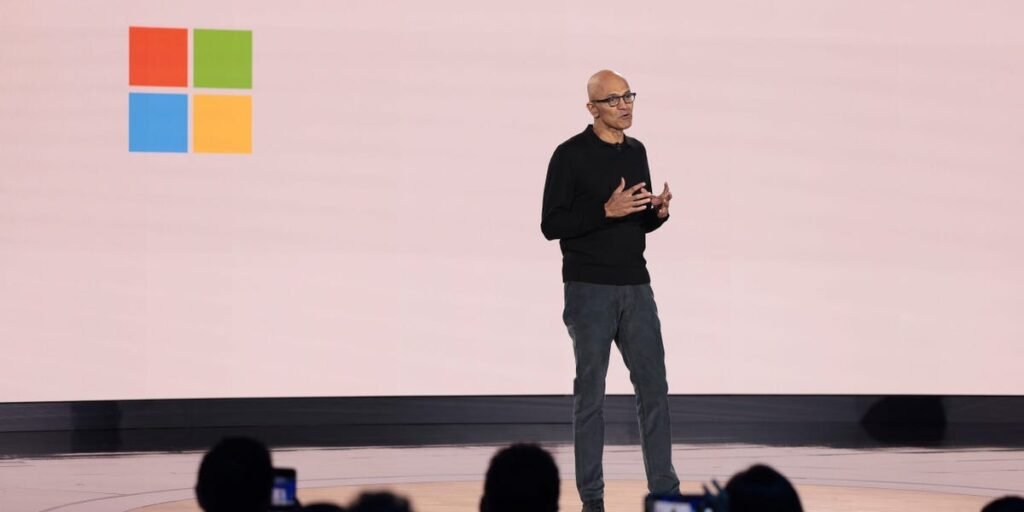Microsoft isn’t slowing down.
The world’s second-largest company by market cap reported blockbuster fourth-quarter earnings, sending shares surging so high after hours that the tech giant became a member of the exclusive $4 trillion club.
Shares were up over 9% after hours following Microsoft’s strong earnings report. As a result, Microsoft joined Nvidia as the only other company to reach over $4 trillion in market cap.
Microsoft reported fourth-quarter revenue of $76.4 billion and earnings of $3.65. Analysts surveyed by Bloomberg expected quarterly revenue of $73.89 billion and earnings of $3.37 per share.
CEO Satya Nadella said that cloud and AI continue to fuel the company’s growth.
“Cloud and AI is the driving force of business transformation across every industry and sector,” Nadella said in a statement. “We’re innovating across the tech stack to help customers adapt and grow in this new era, and this year, Azure surpassed $75 billion in revenue, up 34 percent, driven by growth across all workloads.”
CFO Amy Hood said during the earnings call that “demand remains higher than supply” as Microsoft races to bring more data centers online.
Wednesday’s earnings look different than those in the past. That’s because for the first time, Microsoft detailed the revenue it is making from Azure, its cloud computing platform.
The company was so famously tight-lipped about how much revenue its Azure cloud generates that even former CEO Steve Ballmer once called for more transparency.
Microsoft said it would spend $30 billion in capital expenditures in the coming quarter, more than analysts expected.
“I feel very good that the spend that we’re making is correlated to basically contracted, on-the-books business that we need to deliver,” Hood said during the earnings call.
Ahead of the release, analysts said that they were paying close attention to Microsoft’s capital expenditures, particularly since Google said it would spend $85 billion. Tech companies continue to push capex spending higher amid fierce competition over the future of AI.
Read the full article here


